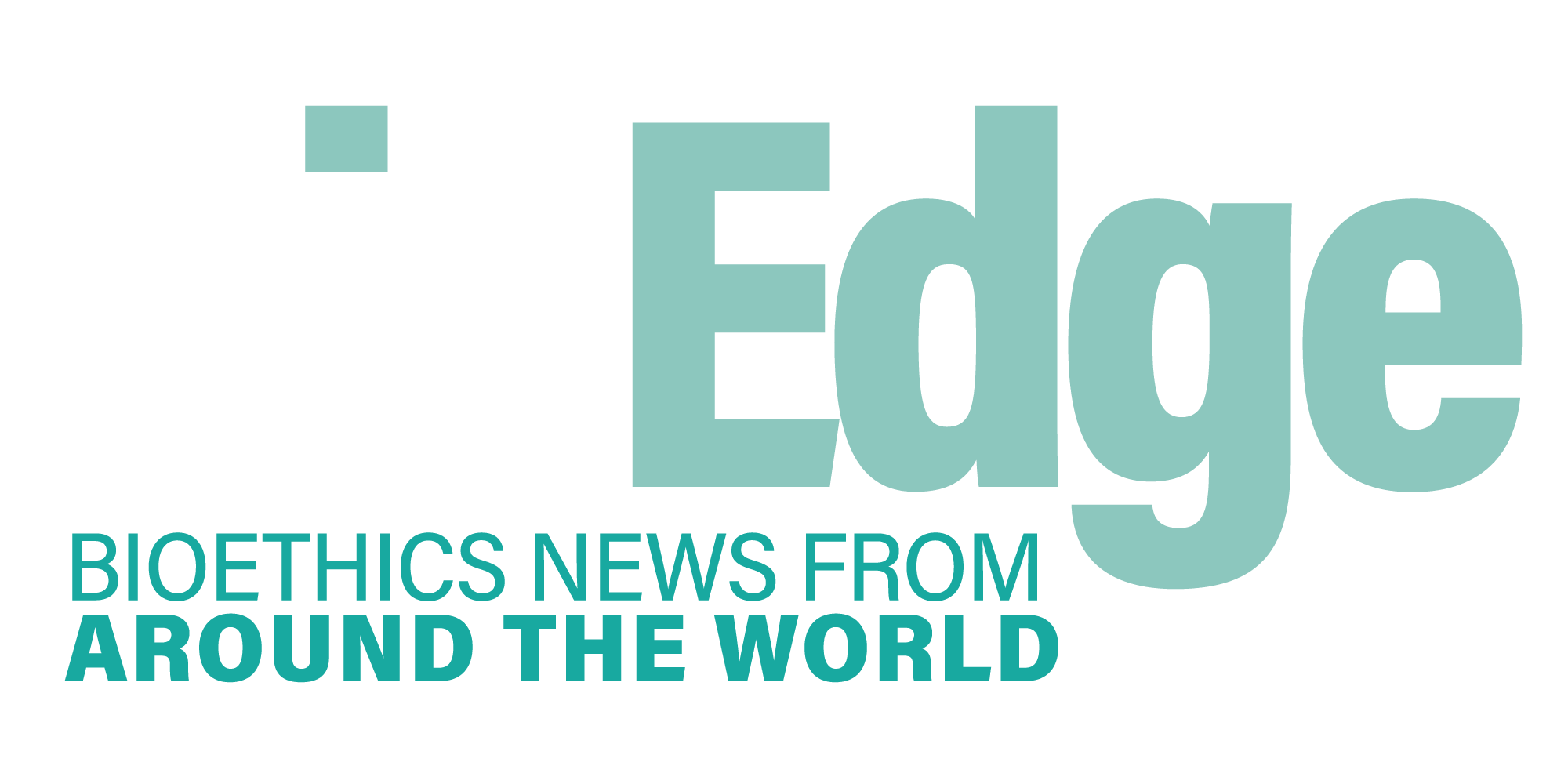PRESSURE GROWING FOR CHIMERAS
Although US President George Bush denounced human-animal hybrids as an “egregious abuse” in this year’s State of the Union address, along with human cloning, pressure appears to be mounting to create them for medical research. A feature in this month’s Nature Biotechnology contends that they will provide tantalising insights into fundamental scientific questions.
In a sense, hybrids, or chimeras, have already arrived. In 2003, Chinese researchers created nearly 100 human-rabbit blastocysts for their stem cells. UK researcher Ian Wilmut has applied to use the Chinese technique to study human disease. Douglas Melton, of Harvard University, is planning to use it as part of his investigations of diabetes, Parkinson’s and Alzheimer’s. “Laboratory chimeras may help unravel the mysteries of human disease without risky and unethical human experimentation,” says the article.
According to Nature Biotechnology, most scientists feel that it is unlikely that human neural stem cell transplants would confer human consciousness upon animals. At least in the case of mice, the animal model used by most researchers, the structure of the brain is too different. “You can build a gas station and a cathedral using the same bricks; what makes them different is the architecture,” says Stanford researcher Hank Greely. Although chimeras face stiff opposition from conservative politicians and some bioethicists like Dr Leon Kass, the mood amongst other bioethicists appears to be supportive. A panel of ethicists convened at John Hopkins last year declared that the line between what is natural and what is unnatural is impossible to measure, as most of modern medicine cannot be found in nature.
